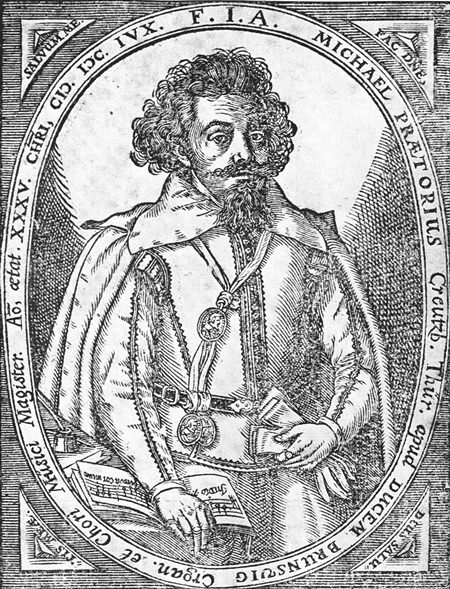
If you were lucky enough to be born into a wealthy, educated and well-connected European family, the period that we now call the Renaissance must have been an interesting time. It was a cultural movement that literally marked a “rebirth” in learning, science and the arts. A humanist spirit began to emerge, manifesting itself in literature, drama, philosophy, art, politics and science. And especially in music, which lay at the heart of Renaissance culture. The pinnacles of musical achievement were in the vocal and choral music of composers that included Thomas Tallis, Josquin des Prez, William Byrd, Orlando Lasso, Palestrina and Monteverdi.
In contrast, dance music was at the centre of Renaissance social activity. There were two broad categories of social dance. The first consisted of “country dances” that required little or no practice and could include any number of participants. The second category consisted of more challenging formalized dances that required training by a dancing master and a good deal of practising. These “court dances” were choreographed entertainments performed for an audience.
Dance of course, required music and the Renaissance saw a flowering of dance music as never before. The branle, galliard, gavotte, allemande, pavane and courante were favourite dances of the day and many composers wasted no time in writing music for them. Some of the dance tunes became so well-known that they were probably whistled in the streets.
Although much of the music was probably played from memory or improvised on the spot, there were an increasing number of popular published collections, thanks to the newly-invented printing press. The arrangements were pretty basic, usually set in four or five parts and invariably contained a selection of the current hits. They could be performed by any instruments and were usually quite easy to play, thus increasing the sales potential. However, it was expected that the performers would elaborate on the printed music by adding trills, runs or other ornamentation.
There was a ready market for self-contained dance manuals too. One of the most well-known was by the French dancing master Thoinot Arbeau first published in 1588 and entitled Orchésographie. It proved so popular that it was reprinted the following year. Illustrated with woodcuts, it provided detailed instructions and dance steps for French social dances as well as ballroom etiquette and guidance on handling dance accessories. At one point, Arbeau solemnly advised his readers that when dancing at court, spitting and nose-blowing should be kept to a minimum.
The German composer Michael Praetorius was a versatile composer and considered the greatest musical academic of his day. He had the distinction of being born on 15th February and dying on the same day of the month fifty years later. He was a successful writer of choral music but in 1612, he published a volume containing more than three hundred popular instrumental dances most of which come from the French dance repertoire. In keeping with Renaissance taste for classical themes it was entitled “Terpsichore” (it rhymes with “hickory”) referring to the Greek inspirational goddesses of dance. In the introductory notes, Praetorius states with touching modesty that he merely arranged the pieces but didn’t compose them.
The dances are all quite short and thus began the performance custom of stringing two or three numbers together to make a more substantial piece. There are no percussion parts in the arrangements but improvised parts were nearly always added.
Hortus Musicus is an Estonian ensemble established in 1972 by Andres Mustonen while he was still a violin student of the Tallinn State Conservatory. The ensemble specialises in performing early music on historical instruments.
As you will note from the vagueness of his date of birth, little is known about Susato’s early life. In adulthood, he became an influential music printer, publisher and composer who in 1543 founded his own publishing firm in Antwerp. It was the first publishing house in the country to use the new movable music type and led the way to the Low Countries becoming a centre for music publishing. Susato’s company published music by various renowned composers such as Josquin des Prez, Orlando Lasso and Cipriano de Rore.
Susato was an accomplished composer himself and wrote many motets and chansons which are in the typical imitative polyphonic style of the time. In 1551, he published his own collection of instrumental dance music scored, like the Praetorius collection in a relatively simple but practical format. Entitled Danserye, the collection became an important resource and has been reprinted many times since in modern editions.
Incidentally, if Renaissance dance interests you, it’s possible to read Thoinot Arbeau’s Orchésographie online but your sixteenth century French will need to be up to the mark.
 |
 |
 |





